Read All You Want to Know About Galaxies in the Universe Here
Want to learn what is a galaxy, its types, and how many galaxies are there in the universe? If yes, read on this article for interesting insights on it.
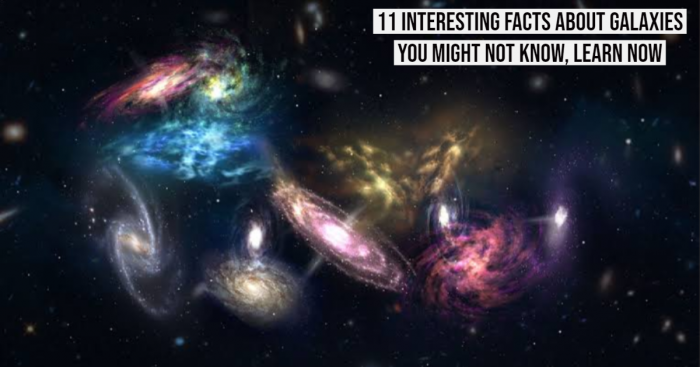
Have you ever thought- where the Earth is located? Well, don’t stress as I am not talking about dimensions here, but where we reside in the universe. Yes, Solar System could be the answer, but the correct answer is the Milkyway Galaxy. And, like the Milkyway galaxy, there are many more galaxies in the universe.
Want to know more about Galaxies? Like what are they? How many types of galaxies are there? How many known galaxies are there in the universe? What are some interesting facts about them? Well, let’s begin with its brief introduction for better understanding.
What is a Galaxy?
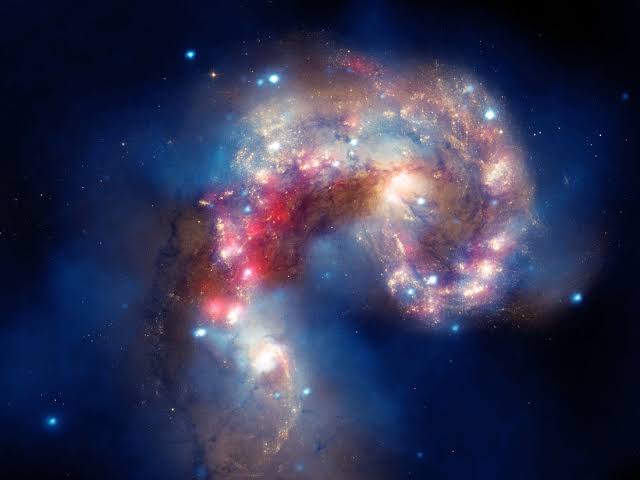
When we define our planet, we consider things such as gravity, the core, the atmosphere, and the surface that is composed of water and landmasses. There are different types of ecosystems on the planet based on their location, position related to the sun, and on our planet, ranging from steamy and hot to blustery and bitterly cold. There are dense populations of stars, just like there are dense populations of people.
And just as our earth is composed of a myriad of materials that are unique to earth, each galaxy is formed of a mix of dust, gas, and stars that are specific to that galaxy and held together with a gravitational force.
Just as there are different countries, there are many types of galaxies, and as each country, each galaxy is unique. Moreover, each one is a spectacular collection of star systems and gas in the many galaxies existing in our universe. If we talk about Earth, it is a planet in our solar system found in the Milky Way Galaxy.
Over millions of years, a galaxy forms planets, moons, comets, stars, asteroids, dust, dark matter, nebulae, and neutron stars. A fascinating phenomenon black holes that are said to be gentle portals to other galaxies also exist in galaxies that pull in anything that gets too close.
Areas where nothing at all is present, space is filled with emptiness, and along with the other elements found in galaxies, galaxies are filled with voids. Just as our planets revolve around our sun, which is only one of the billions found in the universe, galaxies are in motion, and everything that is in the galaxy revolves around its center. In our Milky Way galaxy, our solar system’s sun is found on the outer portion of the arm, i.e., about 1/4 of the way in and nearly 3/4 from the central bulge.
According to the movement of all galaxies, it could be said that at one point in time, all galaxies were all together at the same place, and then something occurred, say like a big bang, also known as theory of Universe Origin, which caused the galaxies to move away and have continued on this path for millions of years, moving rapidly away from each other. Hubble telescope, one of the most powerful telescopes ever built, recognized patterns after many years of studying galaxies and created the classification scheme for galaxies.
Types and Classification of Galaxies
Mainly, there are three types of galaxies, such as Elliptical, Irregular, and Spiral. However, two of these three types are further classified and divided into a system, which is what we call the tuning fork diagram. Hubble believed that this was an evolutionary sequence as well as a classification when he first created the diagram.
1. Elliptical Galaxies
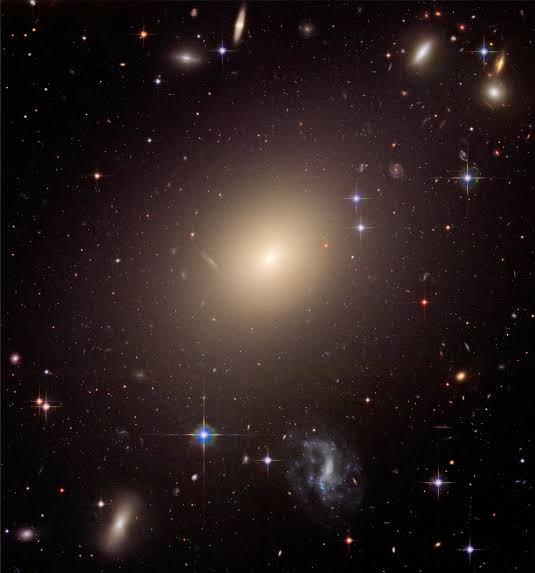
Galaxies that are shaped like an elongated sphere or spheroid are generally known as Elliptical galaxies. These galaxies look like elliptical or oval-shaped disks, where we can only see two of their three dimensions in the sky.
As you go farther out from the center, the surface brightness decreases, and the light is smooth. Galaxies that correspond to their elongation from a perfect circle are classified as Elliptical galaxies or are also known as their ellipticity. The more elliptical galaxy, the larger the number is.
So, for example, the classification of E7 is very flattened while a galaxy of classification of E0 appears to be perfectly circular. The elliptical scale varies from E0 to E7. Moreover, it is a fact that elliptical galaxies have no particular axis of rotation.
2. Spiral Galaxies
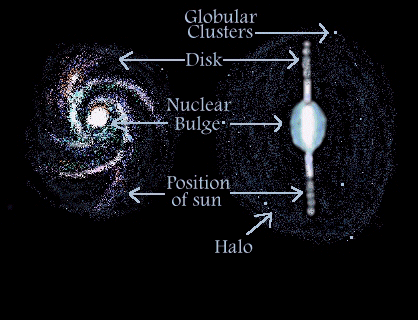
There are three main components in Spiral galaxies: a bulge, halo, and disk (see in the image above). It could be seen that a spherical structure found in the center of the galaxy is the bulge. Mostly this feature contains older stars. And, the disk is made up of gas, dust, and younger stars.
Apart from that, the disk forms arm structures. For example, in an arm of our galaxy, the Milky Way, our Sun is located. Moreover, a loose, spherical structure around the bulge with some part of the disk is the halo of a galaxy (galactic halo). The halo contains globular clusters, which we call the old clusters of stars.
Further, there are two groups in which Spiral galaxies are classified: barred and ordinary. The Barred group is designated by SB and the ordinary group by S or SA. In barred spirals, a bar of material runs through the nucleus that the arms emerge from, whereas in the normal spirals, the arms originate directly from the nucleus or bulge. It could be said that both of these types are given a classification based on how tightly their arms are wound.
The classes are defined as a, b, c, d, and so on with "a" having the tightest arms. If we talk about the type a, the arms form almost a circular pattern and are usually not well defined. Often you will see the classification of a galaxy with two lower case letters too. That suggests that the tightness of the spiral structure is midway between those two letters.
S0 Galaxies
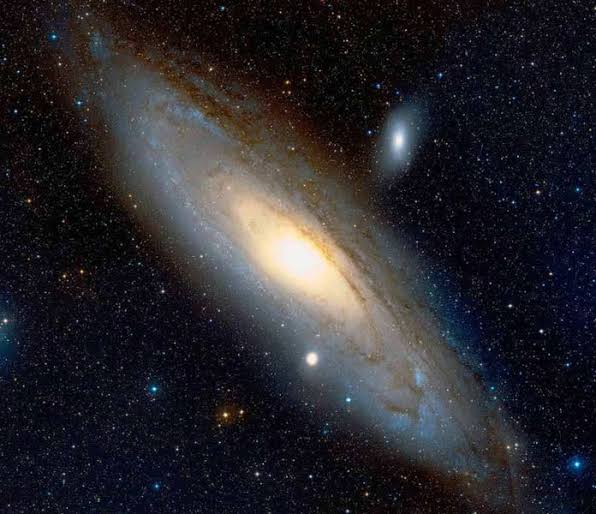
Between E7 and a "true" spiral Sa, S0 galaxies are an intermediate type of galaxy. As they have a bulge and a thin disk, they differ from ellipticals but are also different from Sa because they have no spiral structure. We can also call S0 as Lenticular galaxies.
3. Irregular Galaxies
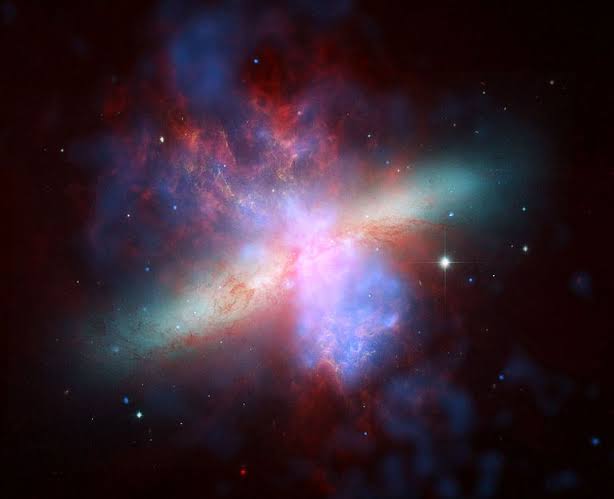
Those galaxies that have no regular or symmetrical structure are known as Irregular galaxies. Generally, they are classified into two groups, IrrII and Irr I.
Those having large amounts of dust and also block most of the light from the stars are known as Irr II type galaxies. Plus, those having HII regions, which are regions of elemental hydrogen gas, and many Population I stars that are young hot stars are known as Irr I type galaxies. Well, one can’t see distinct stars in the galaxy, as all this dust makes it almost impossible.
What is the Milky Way?
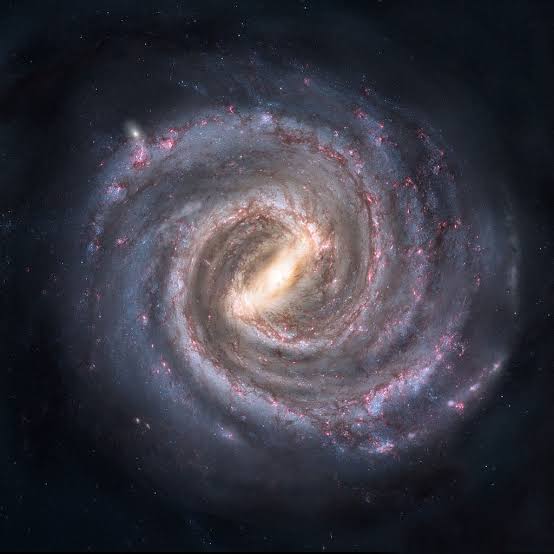
As we all know, our solar system is also located in one galaxy, and that galaxy is named The Milky Way Galaxy. So, we can say this is the galaxy in which we live. Like, we have mentioned above, every galaxy has one shape and comes under the classification accordingly.
So, the Milky Way is a spiral-shaped galaxy that contains several hundred billion stars, including our sun. It is about 10,000 light-years thick and 100,000 light-years across. We can sometimes see the Milky Way as a thick band of stars in the sky, especially if we are at a place that has a very dark night sky.
If we talk about our location, we live out in the suburbs of the Milky Way - not near the edge but not near the center either.
How Many Galaxies are Known to Exist in the Universe?
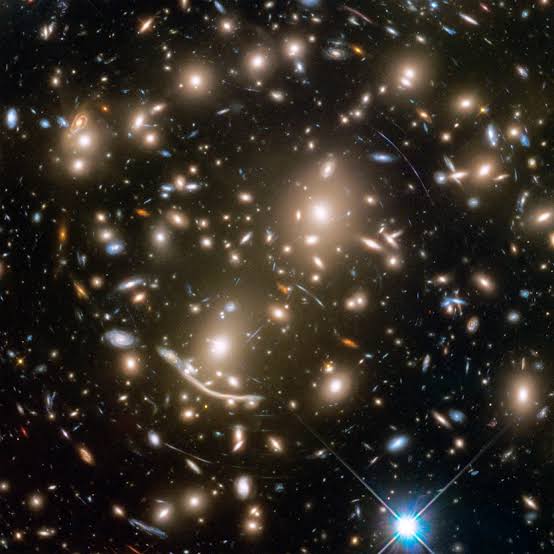
Well, no one is exactly sure how many galaxies are there in total—but they are in many millions for sure! A single 2-year survey (the 2dF Galaxy Survey) in 2003, illustrated how many galaxies are there which are known, and surveyed 250,000 galaxies to make a 3D map of the Universe. However, there could be more galaxies existing!
As another illustration, in the 15th data release of the Sloan Digital Sky Survey (SDSS), there are 932 million objects, although many of those are stars, and SDSS has spectra for about 2.5 million galaxies. Apart from that, there are about 667 million distinct known galaxies in the NED (NASA Extragalactic Database)! And there are ~2 million sources more that still need to be analyzed or determined if they're new objects or just new measurements of known old objects. Hence, we can say it is still probably not everything either.
Astronomers will generally do a big survey to find new galaxies when a new telescope comes online that has a significant upgrade in observing power compared to what was available before, and it takes time for these new galaxy catalogs to be merged with big databases like NED. Hence, it can be inferred that the exact number of known galaxies is constantly changing!
It is estimated that there are as many as 200 billion galaxies in the observable Universe, but still, as our telescopes are not sensitive enough, we aren't able to see all of them. Plus, various types of telescopes are better at finding different kinds of galaxies. Like there are many very distant galaxies (galaxies early in cosmic history) that are very dusty, and it is the dust that blocks the optical starlight.
Hence optical telescopes such as Hubble won't see these dusty galaxies. Although, that dust then emits light in the infrared gets hot from absorbing the starlight, which can be detected with infrared telescopes like Herschel. Well, collecting such different galaxy surveys together can be very challenging and affects estimates about the number of galaxies in the Universe.
Some Interesting Facts About Galaxies
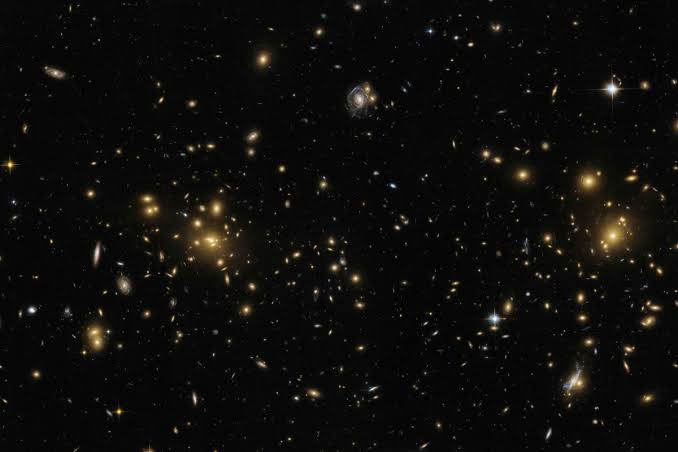
There are so many interesting facts associated with space as well as galaxies that are unknown to us, as well. So, let's learn them one by one:
1. All the time, Galaxies pass through each other, but as there are stars are spread in space, the chances of them touching is very unlikely.
2. If we keep the dark matter aside, galaxies are mostly voids. So, if the stars within galaxies were shrunk to the size of oranges, they would be separated by 4,800 kilometers (3,000 miles).
3. If we talk about the diameter, most galaxies are between 1,000 and 10,000 parsecs. A parsec is an astronomical unit of length. In the numbers, one parsec is equivalent to approximately 31 trillion kilometers or 19 trillion miles.
4. ‘Galaxias’ is the Greek word, which means “milky,” and this is from where the term Galaxy is derived. It is a reference to the Milky Way galaxy, which contains our solar system.
5. The capitalized word “Galaxy” is used to refer to our Milky Way Galaxy in the astronomical literature. It is used to differentiate it from the billions of other galaxies in the huge universe.
6. Most galaxies in the universe are dwarf galaxies. These are relatively small when compared to other galaxies – roughly one hundredth the size of the Milky Way with only a few billion stars.
7. The most primordial and galaxy ever found is the catchy z8 GND 5296. It is approximately 13.1 billion light-years away. In October 2013, by a team of astronomers from the University of Texas at Austin led by Steven Finkelstein, it was discovered.
8. Elliptical galaxies are very old, often larger, and comprise little gas and dust, so they form very few new stars.
9. According to research, the Milky Way will merge with the Andromeda galaxy in about 4 billion years. The merging process will take at least a hundred million years, and the result of it will be an ellipsoidal galaxy nicknamed “Milkomeda.”
10. Two galaxies can be seen with the naked eye from the southern hemisphere of Earth. In total, four galaxies can be seen from Earth with the naked eye: the Milky Way, the Small and Large Magellanic Clouds, and the Andromeda Galaxy.
11. At first, in 1917, the idea of a galaxy was first realized by Thomas Wright.
Wrap-Up Thoughts
So, we have learned most about the Galaxies in the Universe, along with its interesting facts. Tell us which fact you find more interesting and also which one you read the first time.
Happy Reading!
Popular Posts
What Is Trypophobia – A Disgust More Than Fear
"I can't really face small, irregularly or asymmetrically placed holes, they make me like, throw up in my mouth, cry a little bi...
Chandan Roy
16 Interesting Facts About Ambidextrous People
A lefty or left-handed uses his left hand more naturally and dominantly than the right hand. And the righty or right-handed is o...
Ethan Stephans
20 Interesting Facts About Meteoroid, Meteor and Meteorite
Watching celestial objects is a true delight. It is still fun to catch a sight of shooting stars when we grow up. A second of th...
Swati Bhandari








